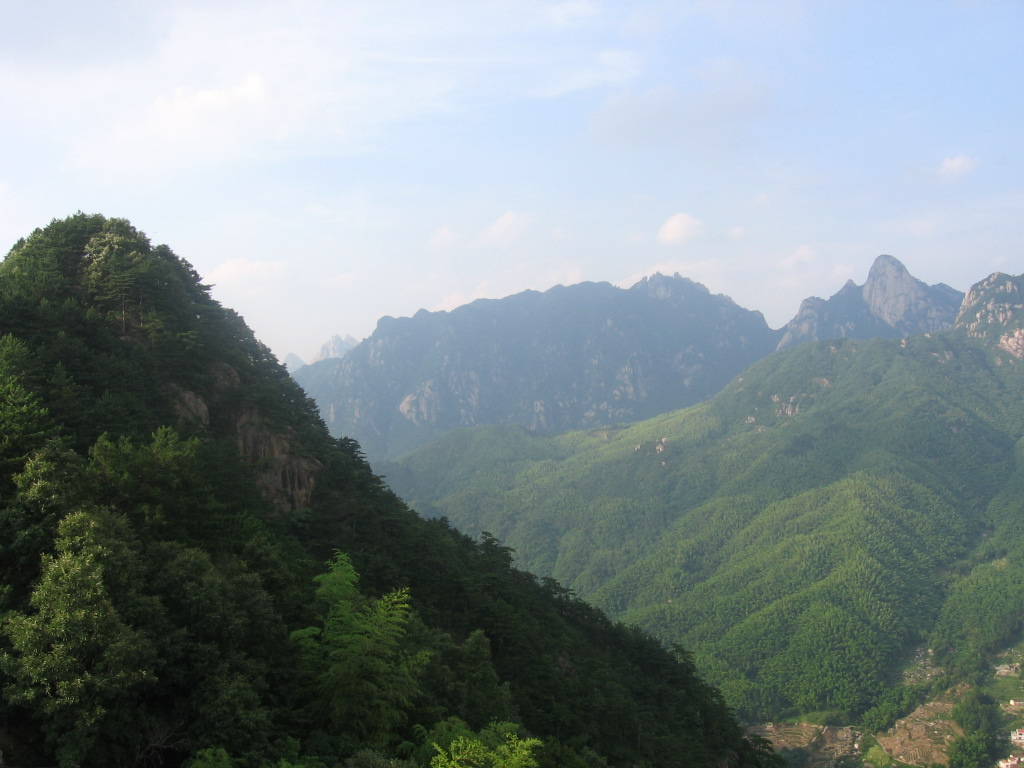This news item from Siberia recalls the book Lost in the Taiga by Vassily Peskov, reviewed in Hermitary here in 2002, although no mention of the book is included in the news article. Since such news items tend to disappear from the web, it is produced in full here:
NOVOSIBIRSK, October 24 (RIA Novosti) – The last surviving member of a Russian Old-Believer family has received aid from a Russian governor following her request earlier this month, a spokesman for Siberia’s Kemerovo Region’s administration said on Friday.
Agafya Lykova, 63, has lived in the taiga of the Siberian republic of Khakasia since 1937, when her father took his family to the wilderness to “purge their souls of the modern world.”
The Lykovs subsequently lived for decades in self-imposed isolation, without any modern conveniences, some 300 km (186 miles) away from civilization. They were eventually discovered by a group of Soviet geologists in 1978, but resisted efforts to return them to modern society.
The Old Believers split from the Russian Orthodox Church in the 17th century in a dispute over liturgical practices, including a disagreement over the correct number of fingers, two or three, to cross oneself with. They also consider shaving to be a grave sin.
Agafya’s siblings – Savin, Dmitry, and Natalya – died one after another in 1981 from what is believed to have been a virus, and her father, Karp, died seven years later. Nevertheless, Agafya still refused to leave the taiga.
However, the willing hermit recently asked the governor of southwest Siberia’s Kemerovo Region, Aman Tuleyev, to send her “wood for the roof and hay – as the summer was too rainy,” as well as “grapes, pomegranate, pears, nails, envelopes and candles.”
Agafya also said that she would appreciate someone to help her around the house. Another Old Believer, also in her 60s, has since agreed to stay permanently with Agafya in the taiga.
The food and other goods were delivered to Agafya’s taiga home by helicopter on Friday.
Agafya made the acquaintance of Tuleyev in 1997, when he visited her wilderness home. Since then the two have been exchanging letters.
URL: http://en.rian.ru/russia/20081024/117927167.html
Follow-up article: http://en.rian.ru/russia/20081106/118160194.html
